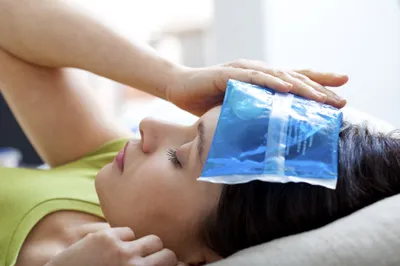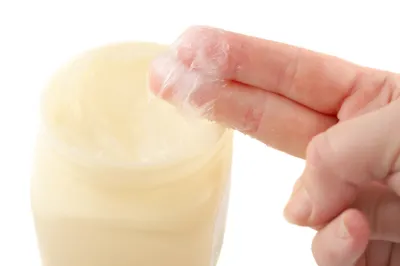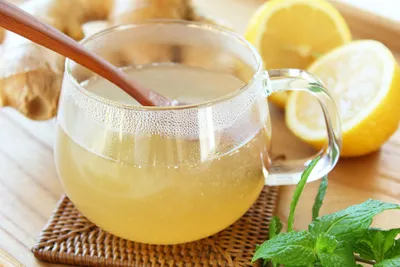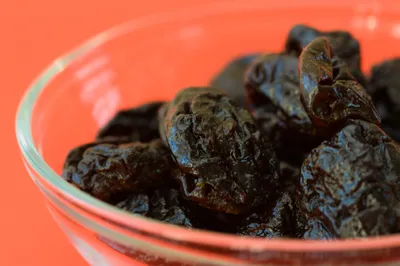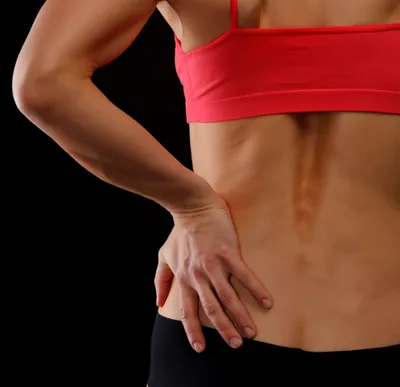I recently visited my family doctor with a sore throat that turned out to be a nasty case of strep. Along with the suspected prescription for antibiotics, my doctor gave me some sage advice from the past—“gargle with salt water to reduce the swelling,” she said. Both delighted and surprised, I was inspired to do a little digging to see what tidbits of nostalgic medical advice are still being doled out by modern medical practitioners today.
From soothing constipation to easing migraines—here are eight old timey medical cures that are still prescribed today…
1. Ice Packs
We already know that ice packs (or cold packs) can work miracles to reduce pain and bring down the swelling and inflammation of an injury or chronic pain condition (i.e., arthritis). However, it turns out that doctors are also inclined to prescribe an age old therapy from 19th century Greece, which applied ice packs to soothe migraines. In fact, a 1984 study by Diamond and Freitag discovered that patients experienced at 65-percent success rate when they applied ice packs or ice gel packs to the carotid arteries or neck for 15-minutes at the onset of a migraine. The success is linked to the coldness and its ability to constrict and then cause blood vessel dilation with obviously no medical risks or contraindications.
2. Gargle Salt Water
My doctor is certainly not alone in her recommendations for a salt water gargle—one 1/2 teaspoon salt dissolved in an 8-ounce glass of lukewarm water to relieve a painfully inflamed throat and clear mucus due to a cold. In fact, a randomized study published in The American Journal of Preventive Medicine, recommends gargling salt water as a precautionary cold and flu method. Findings showed that out of 400 participants, half gargled saltwater daily, for 60 days during cold and flu season, and suffered a 40 -percent reduction in upper respiratory tract infections vs. those who didn’t use the salt water gargle.
3. Petroleum Jelly
I still have a container of Vaseline (or petroleum jelly) in my medicine cabinet for applying to cuts, chaffed lips, and winter-ravaged winter noses. Good thing, according to dermatologists at Southern Illinois University School of Medicine, who still recommend applying petroleum jelly for minor skin abrasions and even surgical wounds, particularly for those with sensitivities or allergies to antibiotic ointments.
4. Ginger
Eastern practitioners have used ginger to quell upset stomach and nausea for thousands of years. Luckily, in the west ginger is finally getting credit as a safe and effective remedy for nausea, morning sickness, motion sickness, and chemotherapy-related stomach upset. Researchers at Norfolk Virginia’s Eastern Virginia Medical School recommend steeping ginger root in tea or sucking candied ginger to soothe a troublesome tummy.
5. Pepto-Bismol
Did you know that Pepto-Bismol was initially invented as an upset-tummy cure for children? However, today, adults pack it in case of an embarrassing and uncomfortable travel emergency (traveller’s diarrhea). Phyllis Kozarsky, a professor at Emory University and the resident travel health consultant at the U.S. Centers for Disease Control, recommends popping 2 Pepto tablets, 4 times daily to pacify travelers’ diarrhea and stomach upset.
6. Prunes
My grandfather used to eat stewed prunes every morning on his oats to “stay regular”! Turns out gramps was onto another popular old timey cure that’s still got acclaim today. The most recent body of research, a 2011 study published in Alimentary Pharmacology and Therapeutics, claimed that eating 12 prunes (or dried plums) daily was more effective as way to alleviate constipation than taking over-the-counter psyllium oral tablets.
7. BenGay
You might steer clear of using BenGay, the cooling, athletic ointment for all sorts of aches and pains, due to the potent menthol smell. However, health and pharmacy professors at Austin’s University of Texas, still stand behind BenGay as a means to soothe muscle and nerve pain, and remain stay active much later in life. The menthol within the topical analgesic activates a crucial protein receptor in the skin to lessen the nerve signals connected to chronic pain.
8. Gripe Water
Speaking as a baby plagued by colic, gas, and stomach upset (to the horror of my poor, sleep-deprived parents), I had my share of gripe water as a wee babe. The concoction of my infancy contained alcohol, but ever since the 1990s, gripe water is sold over-the-counter minus the alcohol at the recommendation of your doctor only (after an allergy check). A DIY tonic—containing dill, baking soda, ginger, or fennel—can be mixed at home to soothe stomach cramps and nausea in crying babes.

